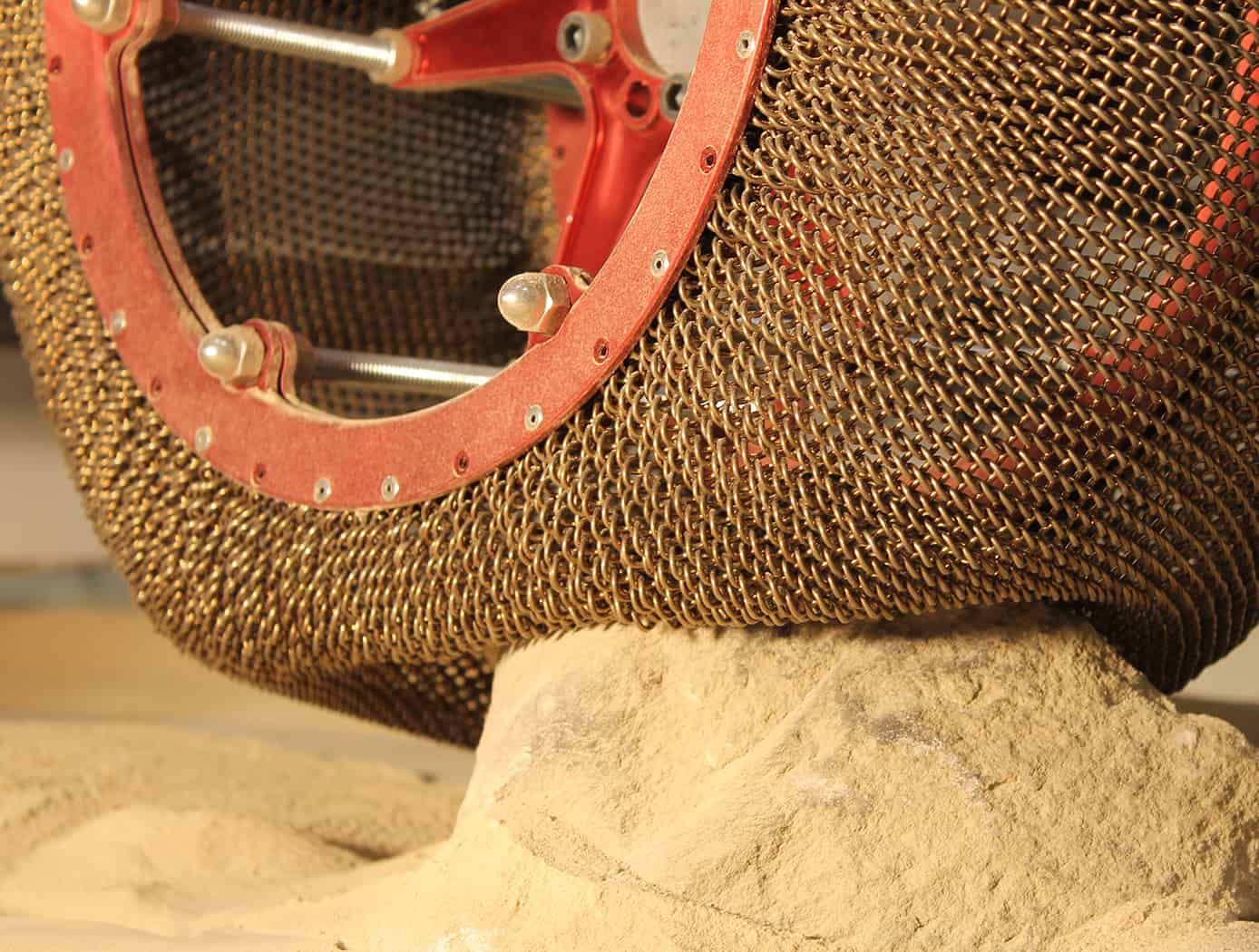The Tasmanian tiger, the Yangtze River dolphin, and the passenger pigeon — just some of the recent victims of what scientists have described as the sixth mass extinction. A new study shows just how deep the crisis runs. We’re not just wiping out species, but groups of species. Each of these three species was also the last member of its genus, the larger taxonomic group above species.

Researchers at Stanford University and the National Autonomous University of Mexico found that entire genera (the plural of genus) are vanishing, a phenomenon they call “mutilation” of the tree of life. This has an impact on the function of entire ecosystems and can have severe effects on human society, such as increasing the risk of pandemics.
“Mutilating the tree of life is changing the systems in which human beings and all other living organisms have evolved. These generic extinction rates in vertebrates are as much as hundreds of times higher than the background rates. They are also somewhat higher than the rates estimated for vertebrate species,” the researchers wrote.
Biological annihilation
In their study, Gerardo Ceballos from the National Autonomous University of Mexico and Paul Ehrlich from Stanford University looked at 34,600 species of 5,400 vertebrate genera over the past 500 years. They used information on species’ conservation statuses from databases such as the International Union for Conservation of Nature.
They found that 73 genera of vertebrates have gone extinct in the past five centuries. Birds suffered the heaviest losses with 44 genera having gone extinct, followed by mammals, amphibians and reptiles. The rate of extinction exceeds that of the last million years by 35 times, meaning only two genera would have been lost without human influence.
Human actions have triggered a surge of extinctions that would otherwise have taken 18,000 years to accumulate, what the researchers call a “biological annihilation.
“As scientists, we have to be careful not to be alarmist,” Ceballos said in a news release, but the severity of the findings called for more impactful language, he explained.
Mass extinction
When a species dies, others in the same genus can fill part of their role in the ecosystem. And since those species have much of their extinct cousin’s genetic material, they also have much of its evolutionary potential. Ceballos and Ehrlich said this is like a twig (species) falling off the tree and other nearby twigs branching out quickly.
However, when entire branches, or genera, fall off, this leaves a big gap in the canopy — a loss in biodiversity that can take tens of millions of years to regrow through evolution. But humanity can’t wait that long for its life-support systems to recover, considering how much our societies rely on the services that biodiversity provides.
For example, the researchers mentioned the increase in the prevalence of Lyme disease. White-footed mice, the main carrier of the disease, used to compete with passenger pigeons for food. But when the pigeons became extinct around 1910, mouse populations boomed, leading to an increase in human cases of Lyme disease.
Ceballos and Ehrlich also mentioned the gastric brooding frog, the last member of an extinct genus. Females used to eat their own fertilized eggs and raise tadpoles in their stomachs while turning off their stomach acid. These frogs were extensively used to study human diseases. But they are now gone, leading to a loss of key knowledge.
The way forward
In their study, the researchers called for urgent political, economic and social action on unprecedented scales to prevent further extinction and resulting societal crisis. Conservation efforts should prioritize the tropics, they considered, as they have the highest concentration of genus extinctions and genera with one remaining species.
Scientists agree the world is currently facing a sixth mass extinction driven by human activity — primarily the unsustainable use of land, water and energy, along with climate change. During past extinctions, there was no single species with the power or interest to stop the losses from happening. Now, humanity can take action and prevent this, Ceballos and Ehrlich said.
“Today there is a species that should know it is not able to wait millions of years for its life-support systems to be restored after a mass extinction. Ironically, the scale that species’ activities is the sole cause of today’s biological holocaust,” they wrote.
The study was published in the journal PNAS.









